In many HVAC zoning applications, it’s beneficial to prioritize one thermostat — typically Zone 1 — so that its heating or cooling demand takes precedence over all others. This ensures the system responds first and foremost to the most important area of the building, such as a main living space, master suite, or temperature-critical zone.
The SmartZone makes this easy using its built-in ECO Mode feature. When ECO Mode is active, the panel ignores thermostat calls from all other zones and operates solely based on Zone 1.
By wiring the Zone 1 thermostat’s “G” call signal to the ECO terminal, the panel will automatically enter ECO Mode whenever Zone 1 is calling. When the call ends, ECO Mode is released and normal multi-zone operation resumes.
How ECO Mode Works
ECO Mode Active: Only Zone 1 thermostat calls (heat, cool, or fan) are honored. All other zone calls are ignored until ECO Mode is released. NOTE: Zones 2 and up dampers will still open and close with calls from their respective thermostats as usual.
ECO Mode Inactive: The system operates normally, responding to calls from all zones according to priority and demand.
This feature helps reduce short cycling between zones, saves energy, and maintains stable comfort in the most-used area of the home or building.
Prioritizing in Heat Only or Cool Only Modes
In some applications, it may be desirable to prioritize Zone 1 only during heating or only during cooling operation. This selective approach allows the system to favor one zone under certain conditions without restricting comfort for the rest of the building year-round.
1. Heat-Only Priority
When configured for heat-only priority, ECO Mode is activated only during a heating call from Zone 1.
This setup is ideal for applications where heating needs differ greatly between zones — for example:
Two-story homes: The main level (Zone 1) tends to lose heat faster than the upper floor. Prioritizing Zone 1 during heating keeps living areas more comfortable and prevents overheating upstairs.
Commercial offices: A front lobby or entrance area may require quicker heating recovery when doors are frequently opened to cold outdoor air. Giving Zone 1 heat priority ensures this space warms up first.
Single furnace with multiple small zones: Helps avoid rapid cycling and ensures the furnace completes a full, efficient heating run focused on the primary zone.
In this case, ECO Mode can be tied only to the W (heat call) output from the Zone 1 thermostat.
(Refer to the “Heat Priority Wiring” diagram for details.)
2. Cool-Only Priority
For cool-only priority, ECO Mode is enabled only during a cooling call from Zone 1.
This configuration is useful when one area tends to overheat faster or carries the main cooling load — such as:
Homes with large west-facing rooms: These spaces experience significant solar gain and may need cooling sooner and more often than interior zones.
Light commercial buildings: A server room or glass-walled conference area may require priority cooling to protect equipment or maintain comfort during peak hours.
Multi-zone systems with limited cooling capacity: Ensures the system focuses on critical cooling areas first, improving overall comfort and system efficiency.
In this setup, ECO Mode is wired to the Y (cool call) output of the Zone 1 thermostat.
(Refer to the “Cool Priority Wiring” diagram for details.)
When to Use Zone 1 Priority
Use Zone 1 priority when:
One space represents the primary comfort zone for occupants.
You want to minimize system short cycling caused by competing zone calls.
The HVAC equipment has limited capacity compared to the number of zones.
Efficiency and comfort are higher priorities than maintaining all zones simultaneously.
When not needed, the ECO Mode input can simply remain open (unconnected), and the SmartZone will resume standard zoning logic, responding to all thermostats equally.


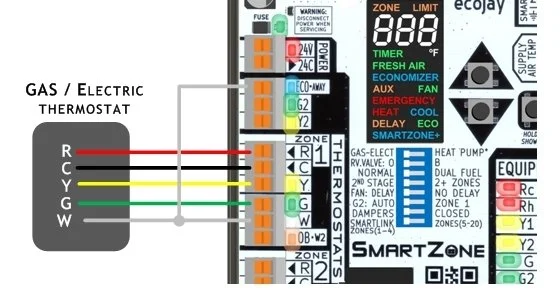
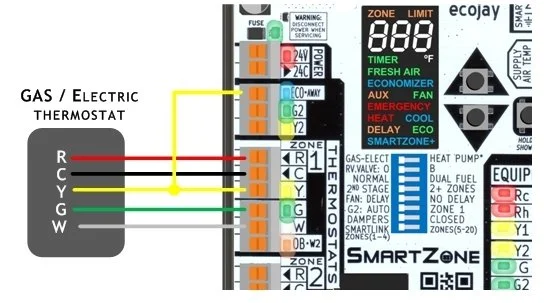

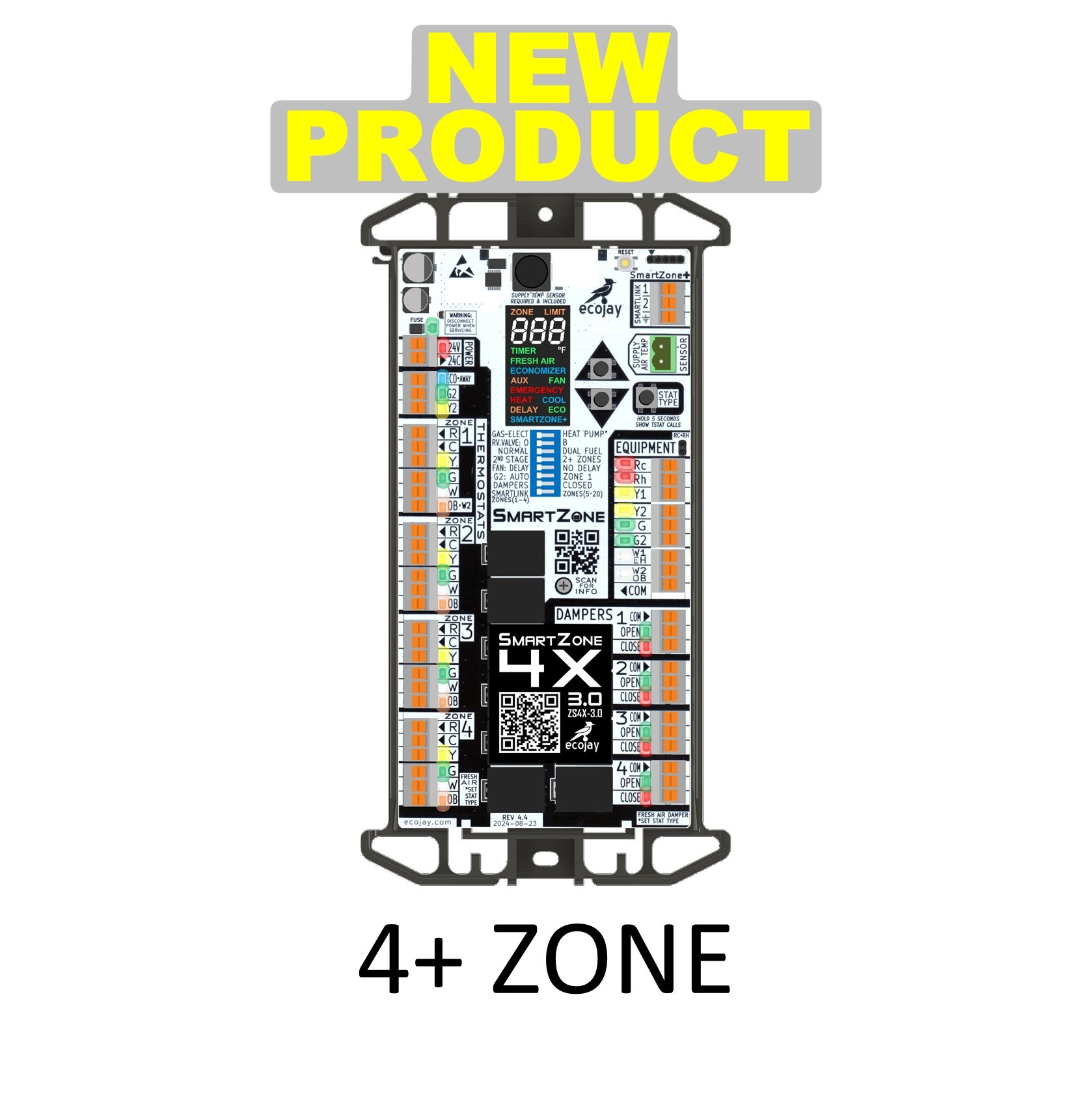
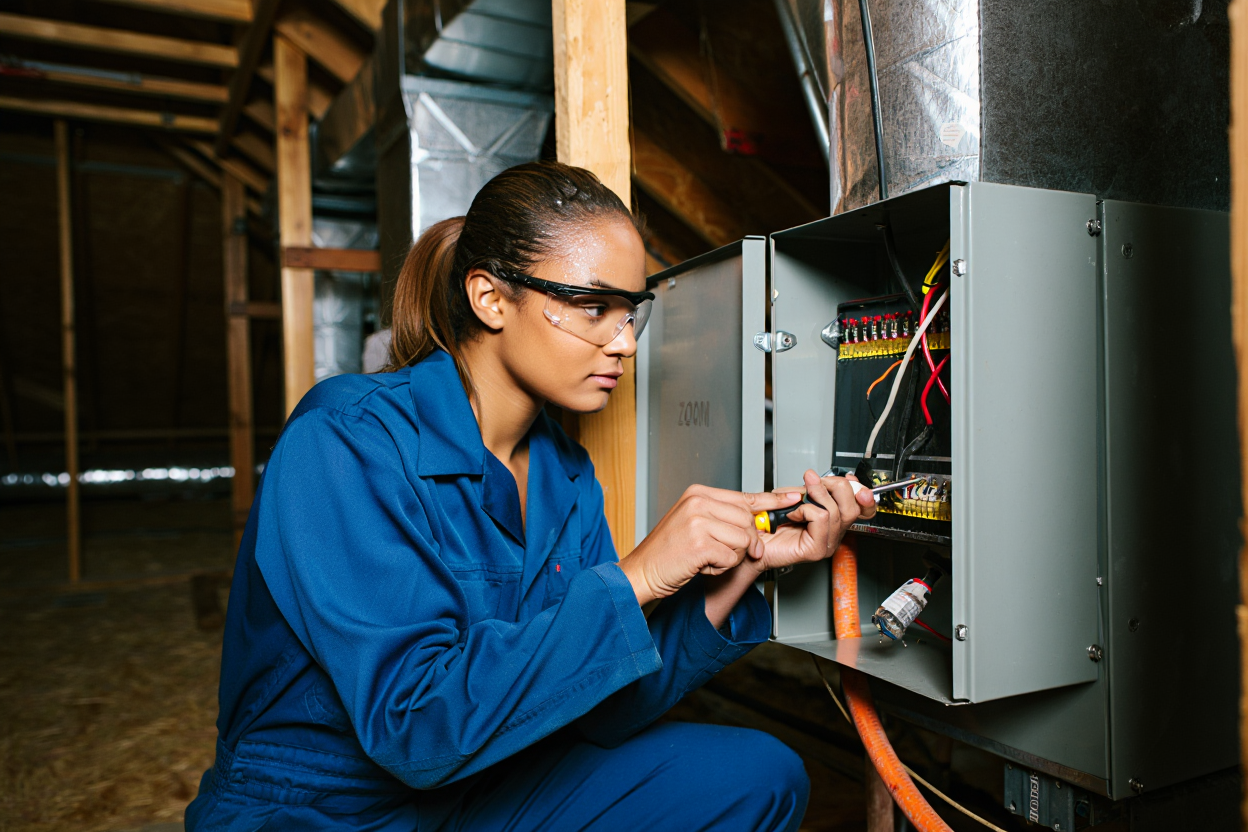






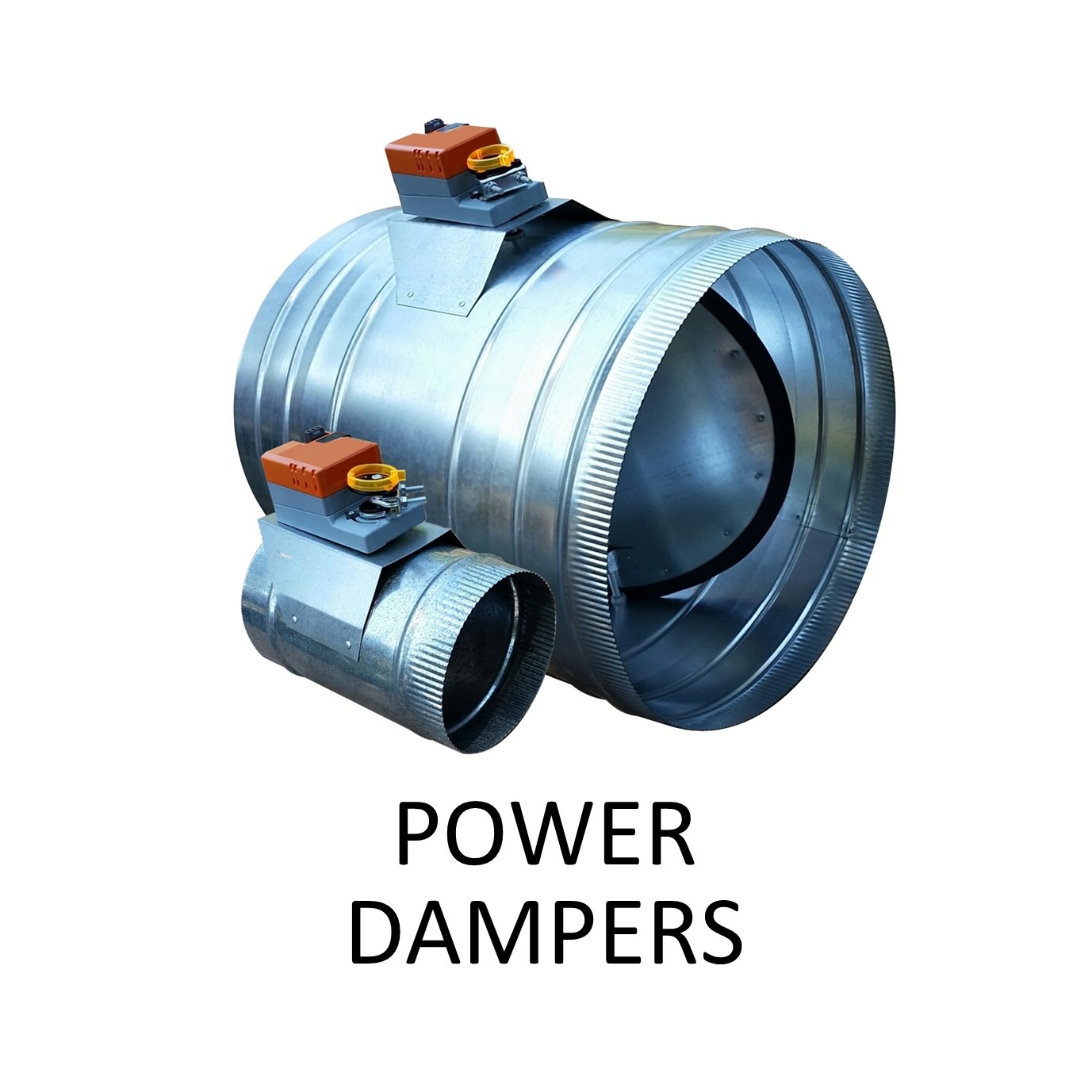




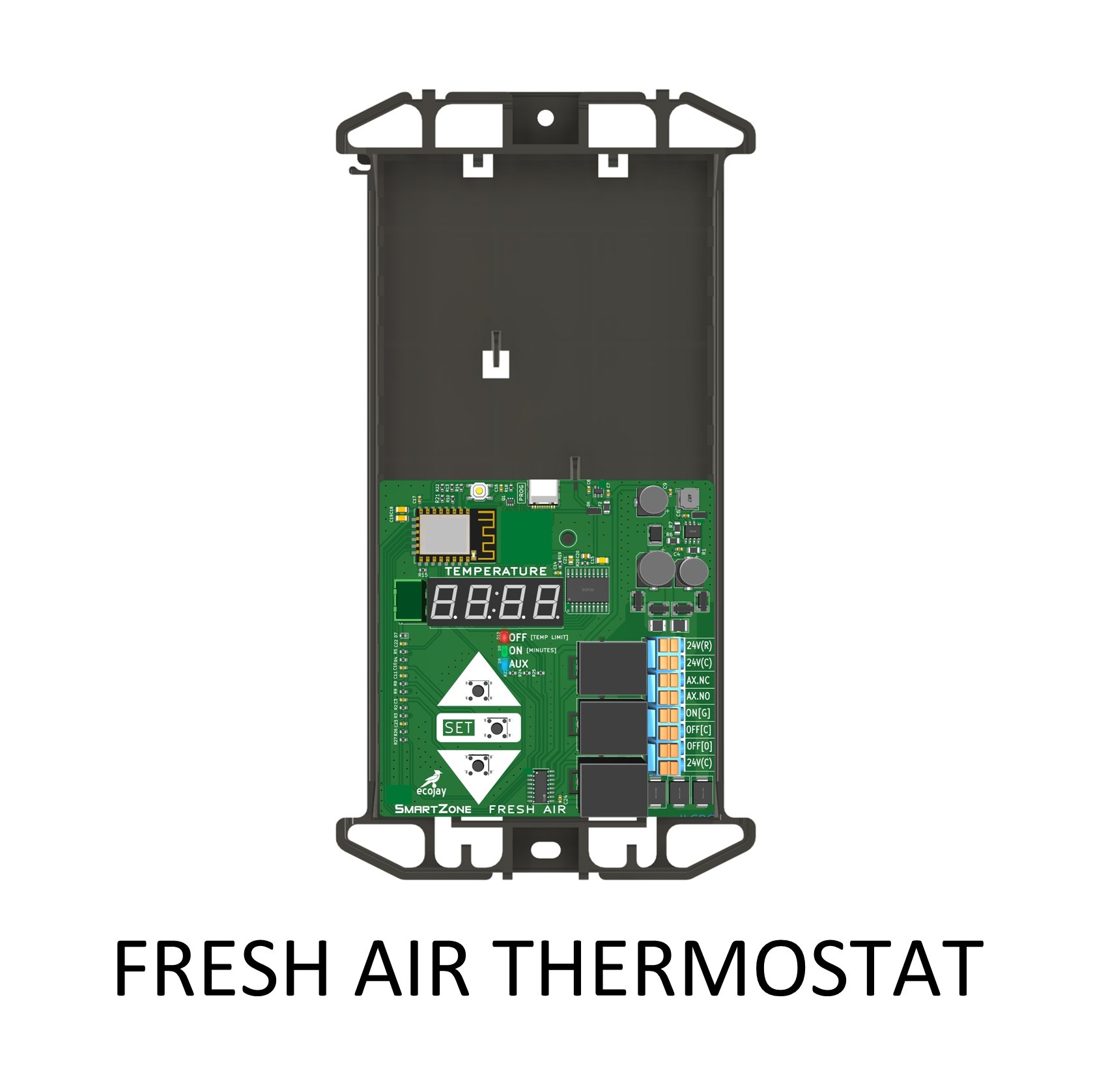



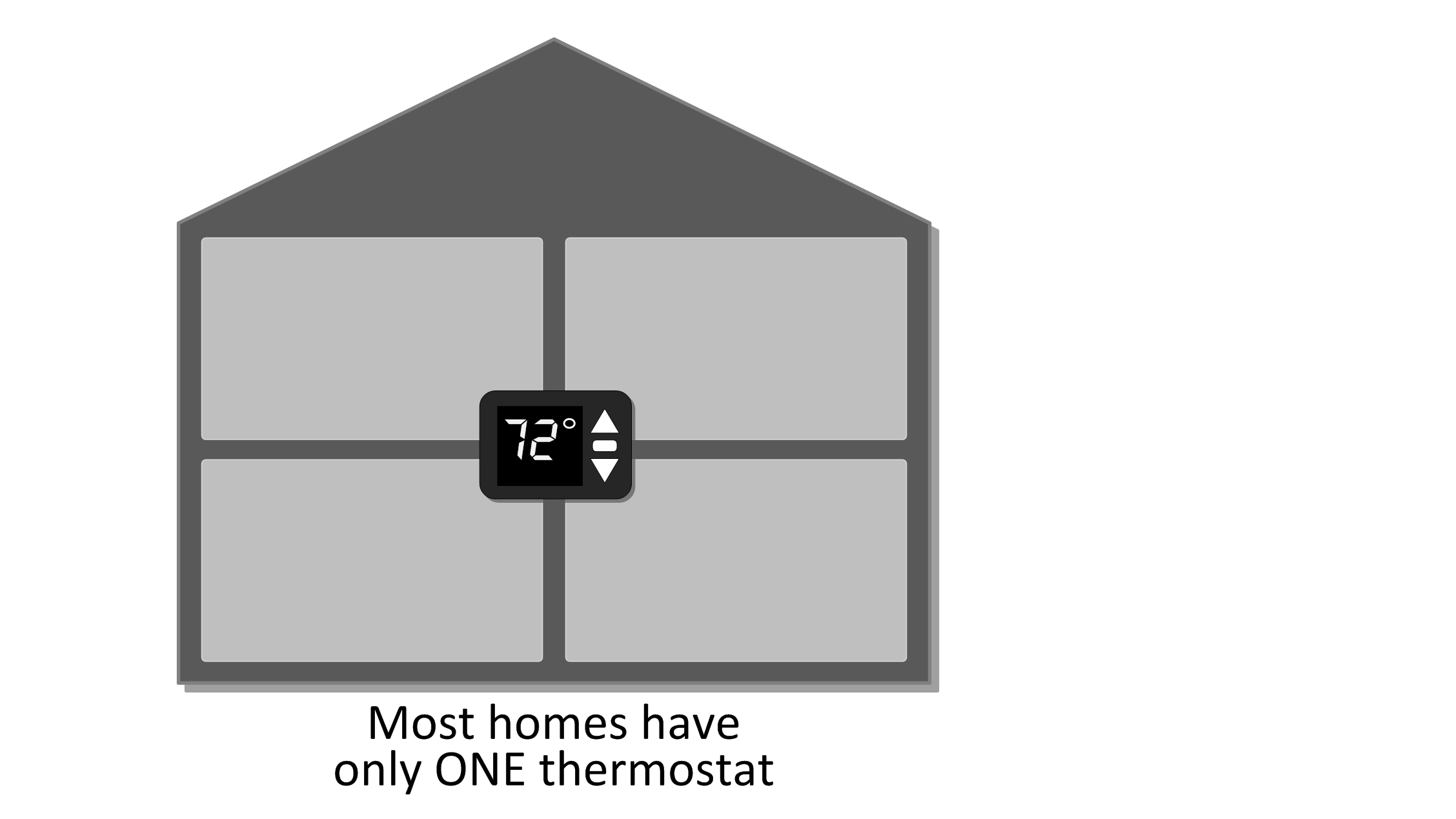
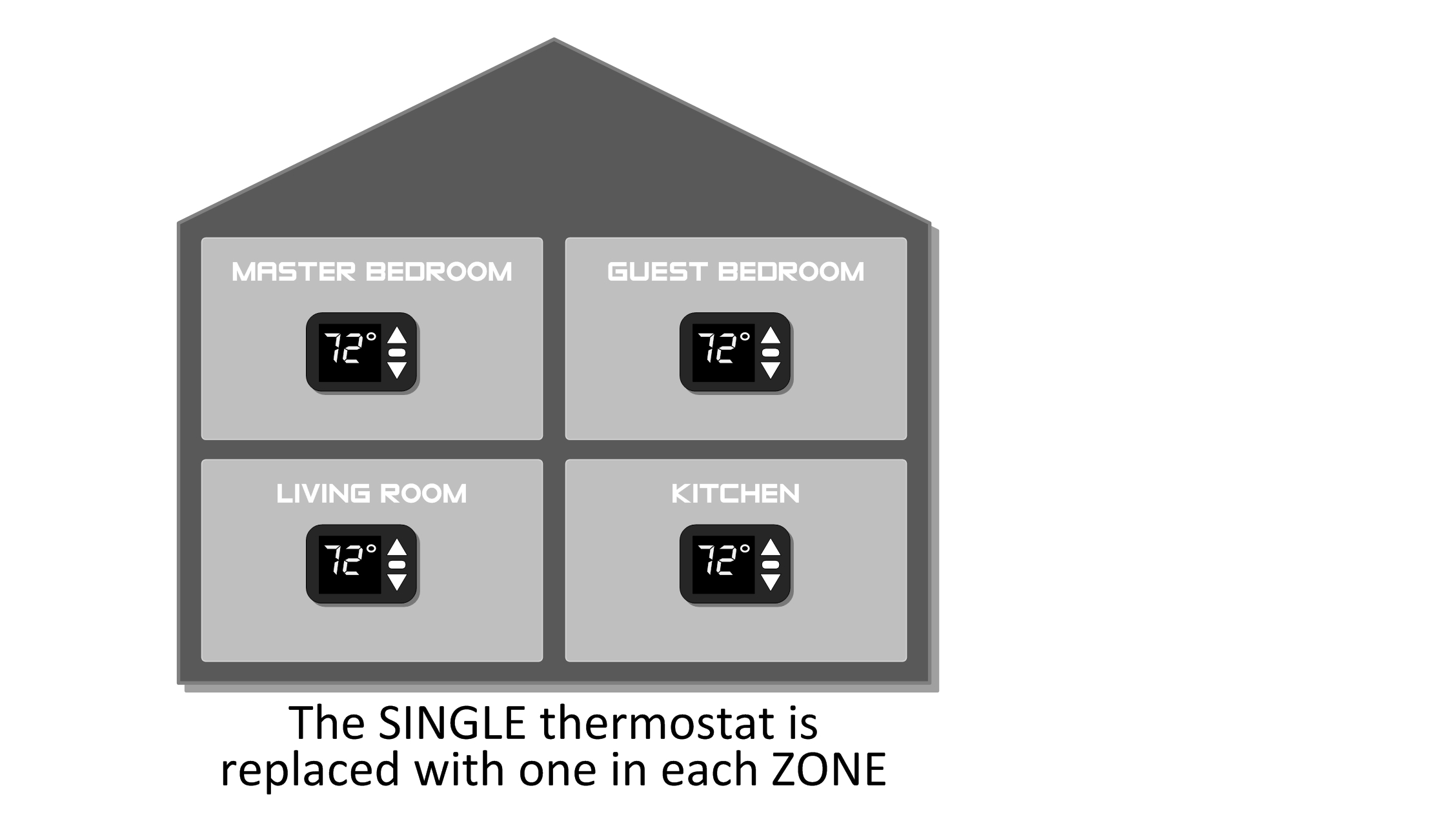
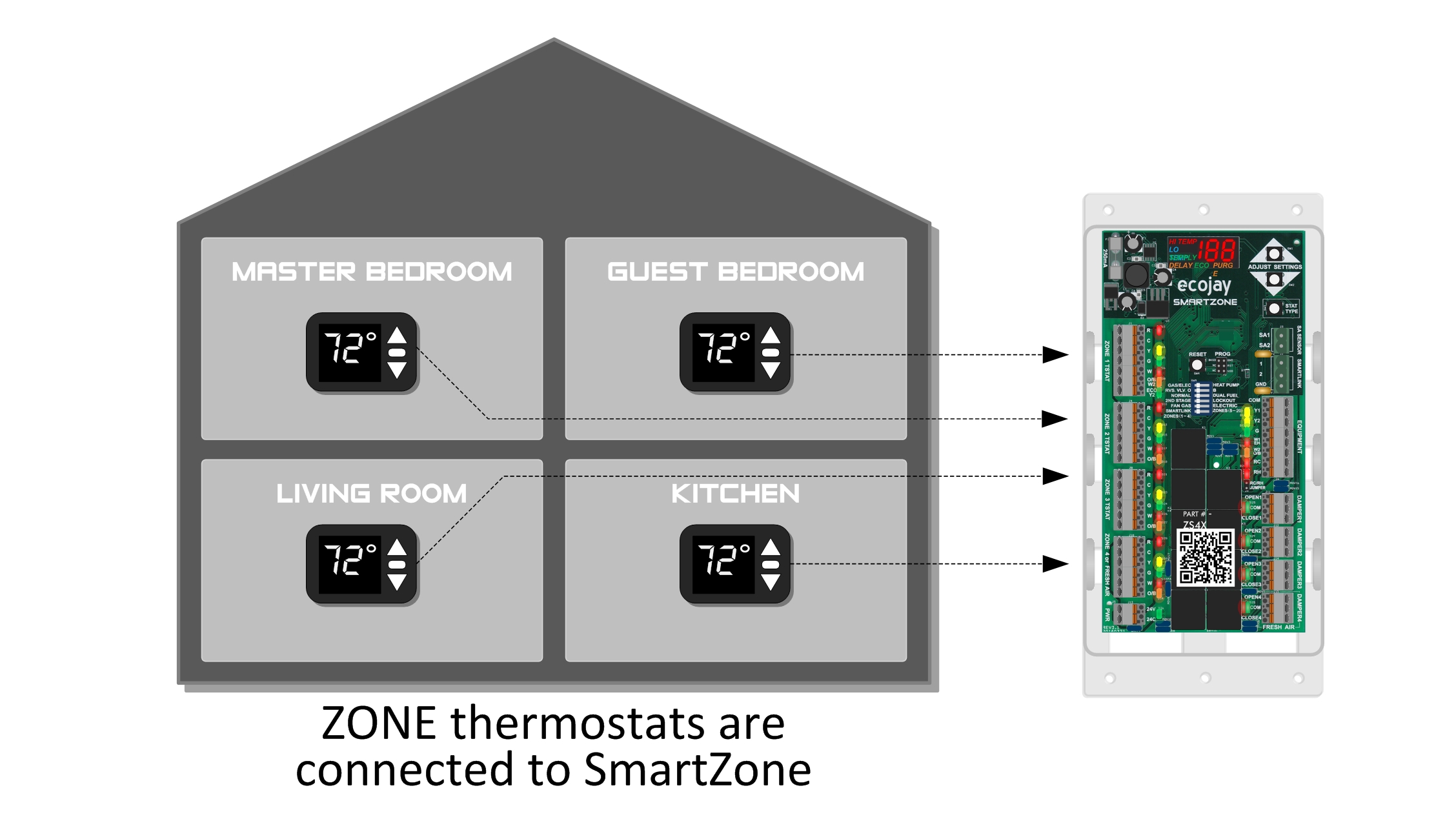
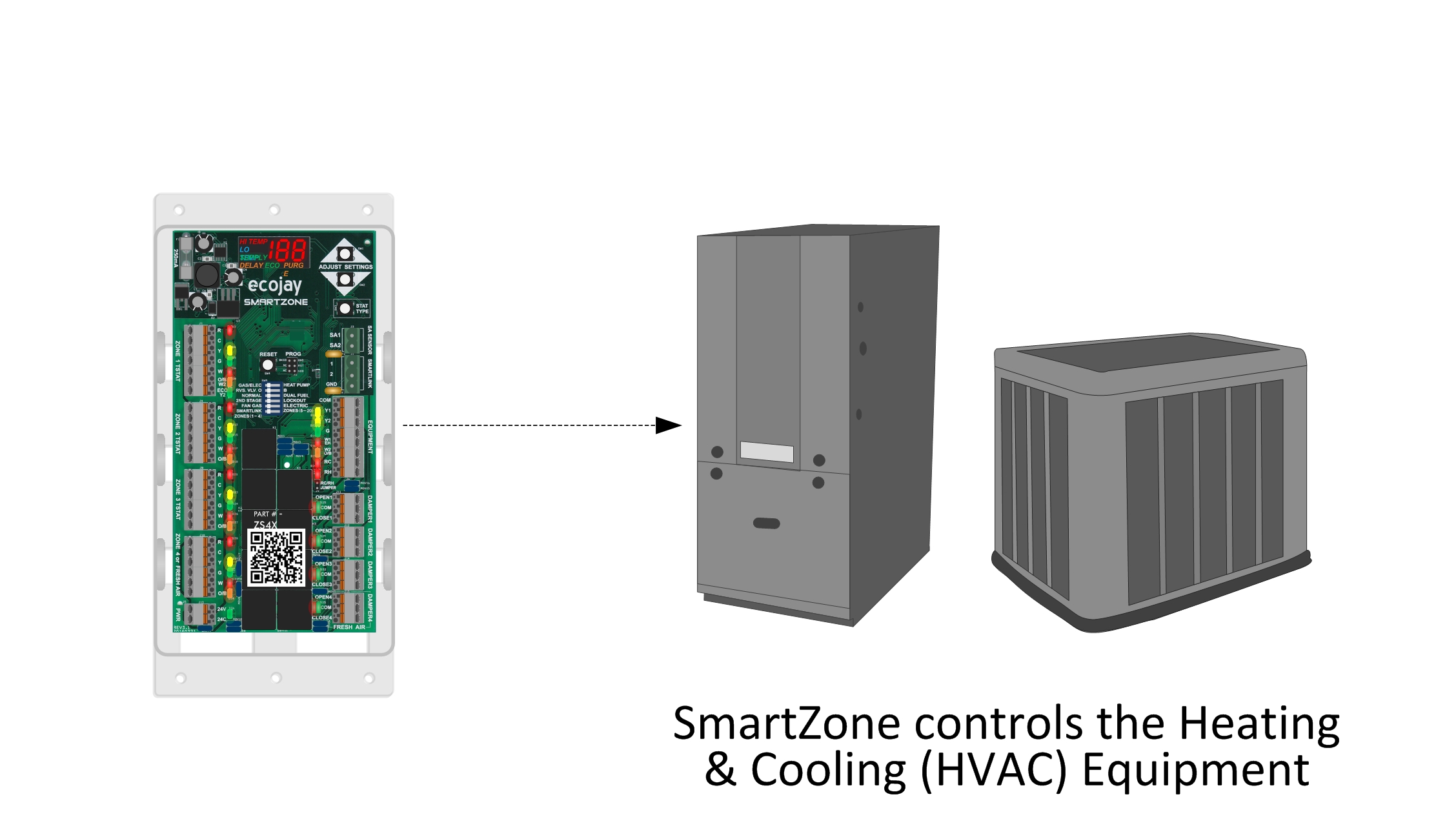
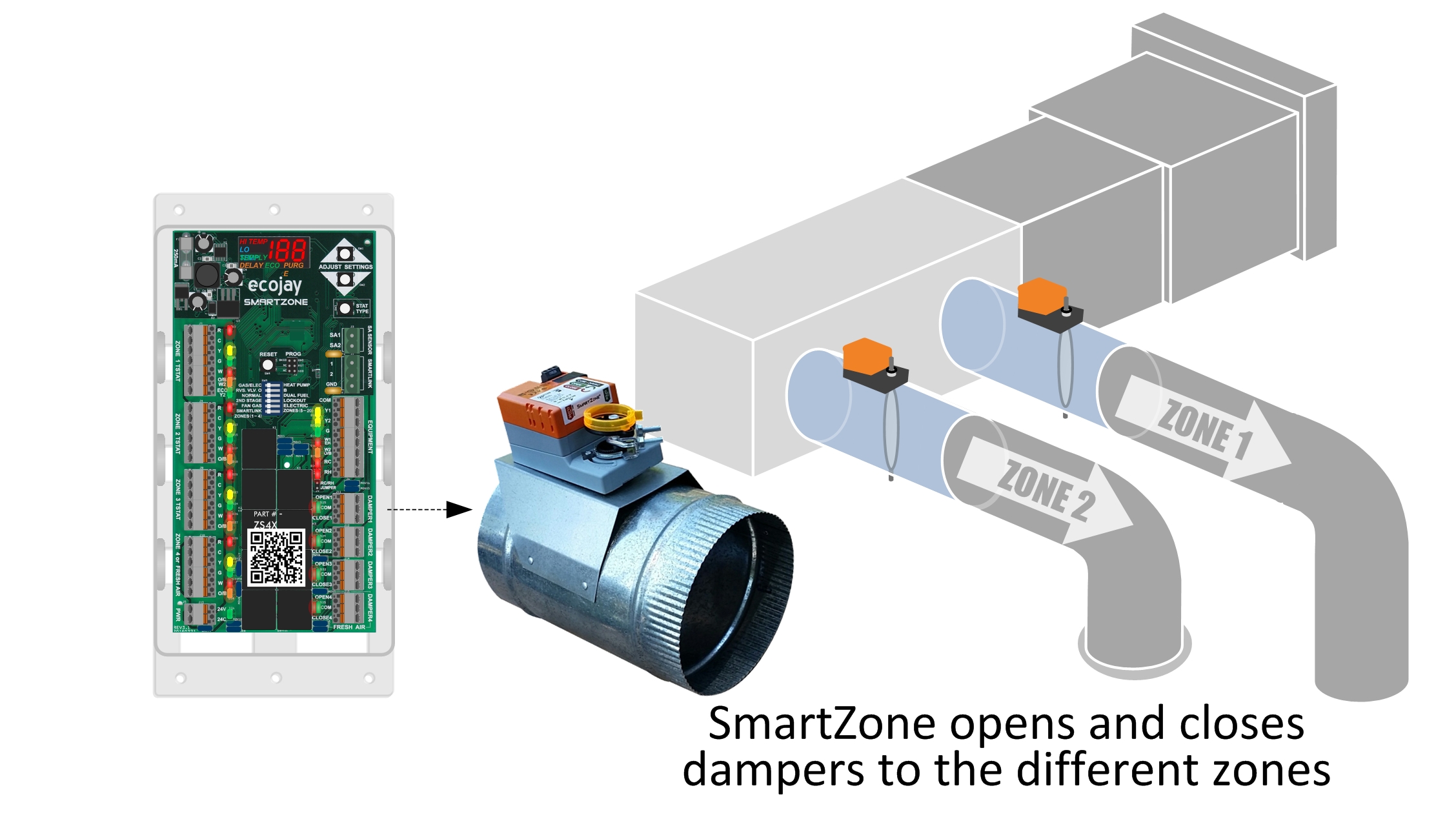
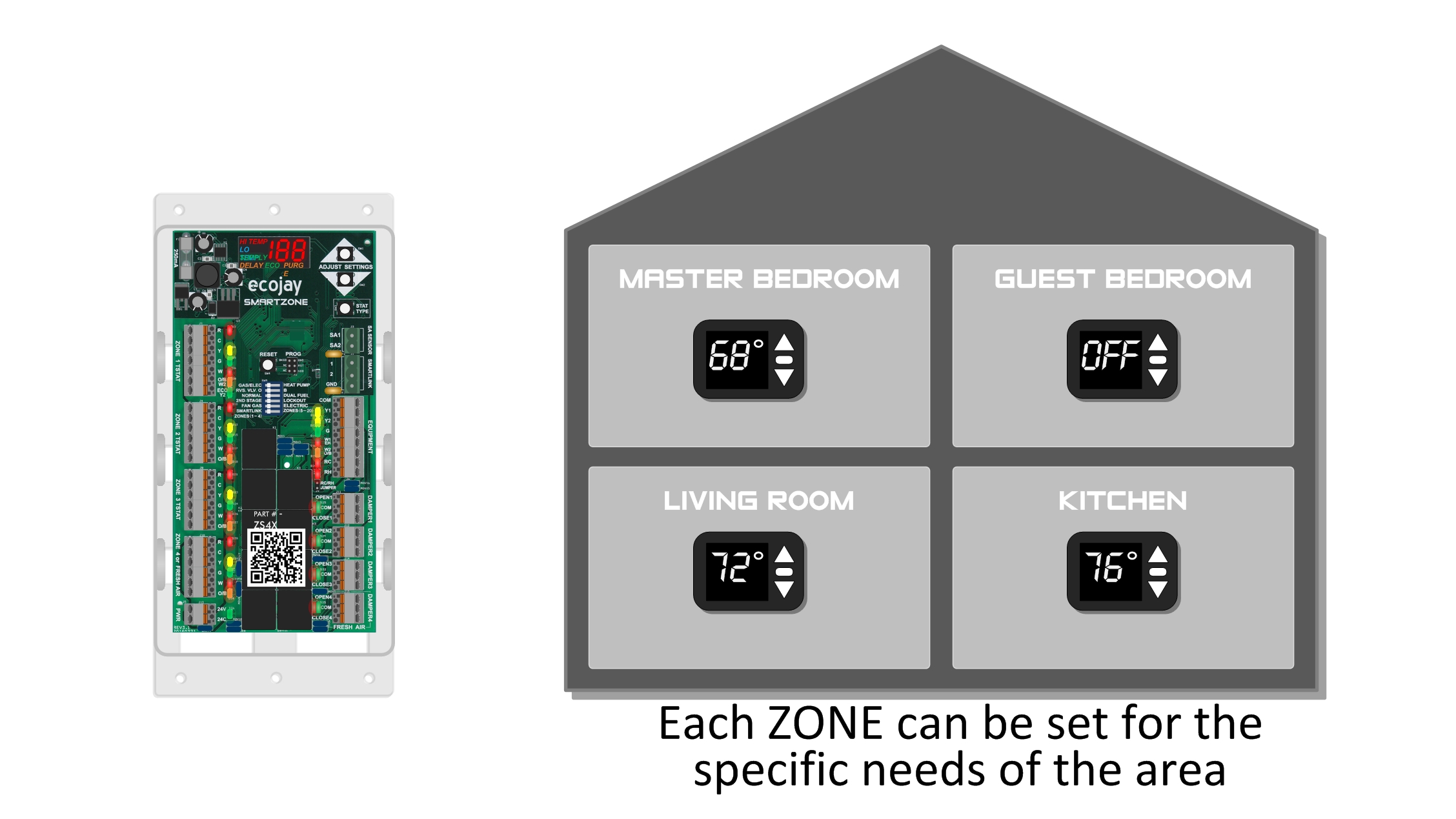
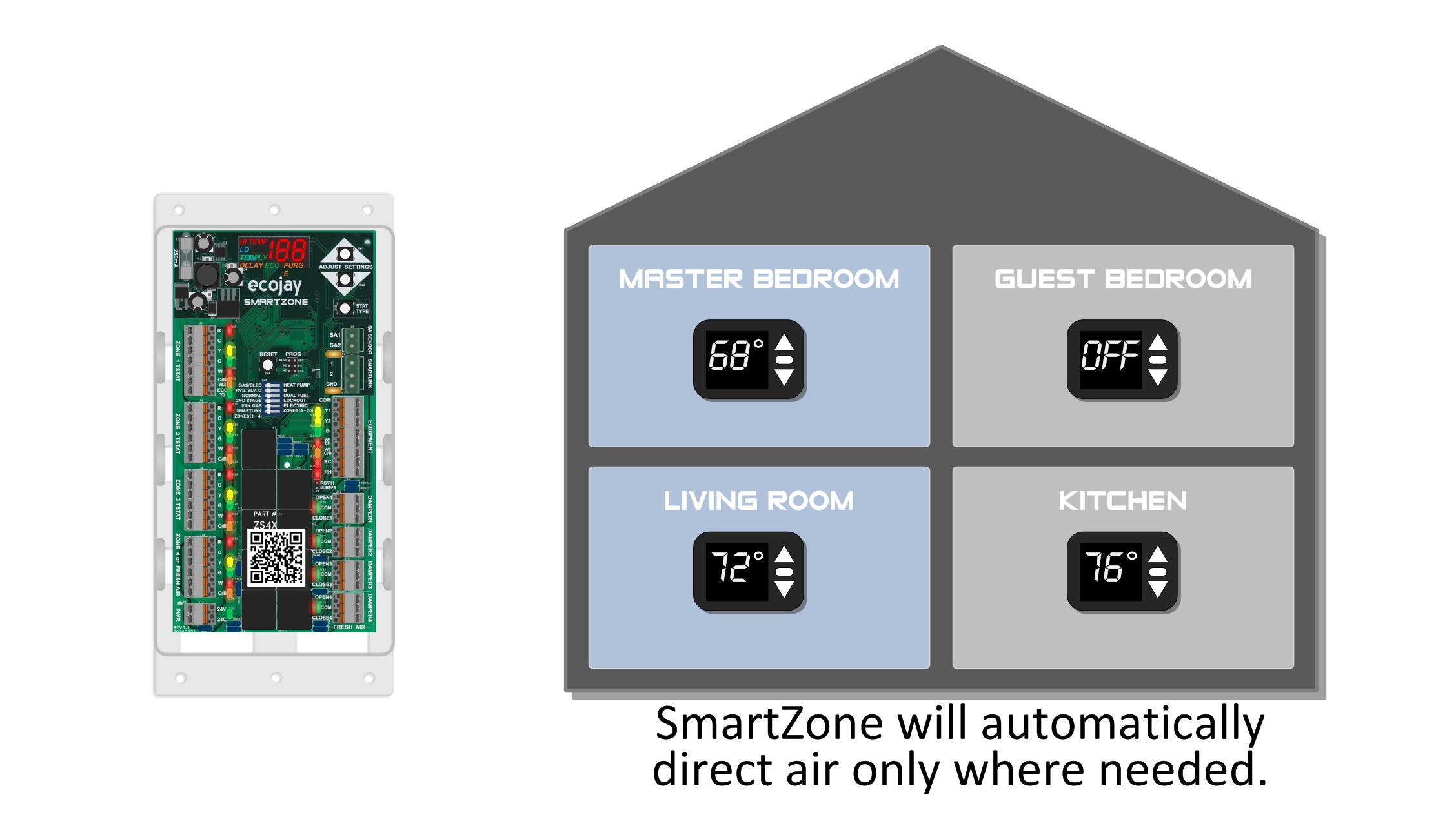
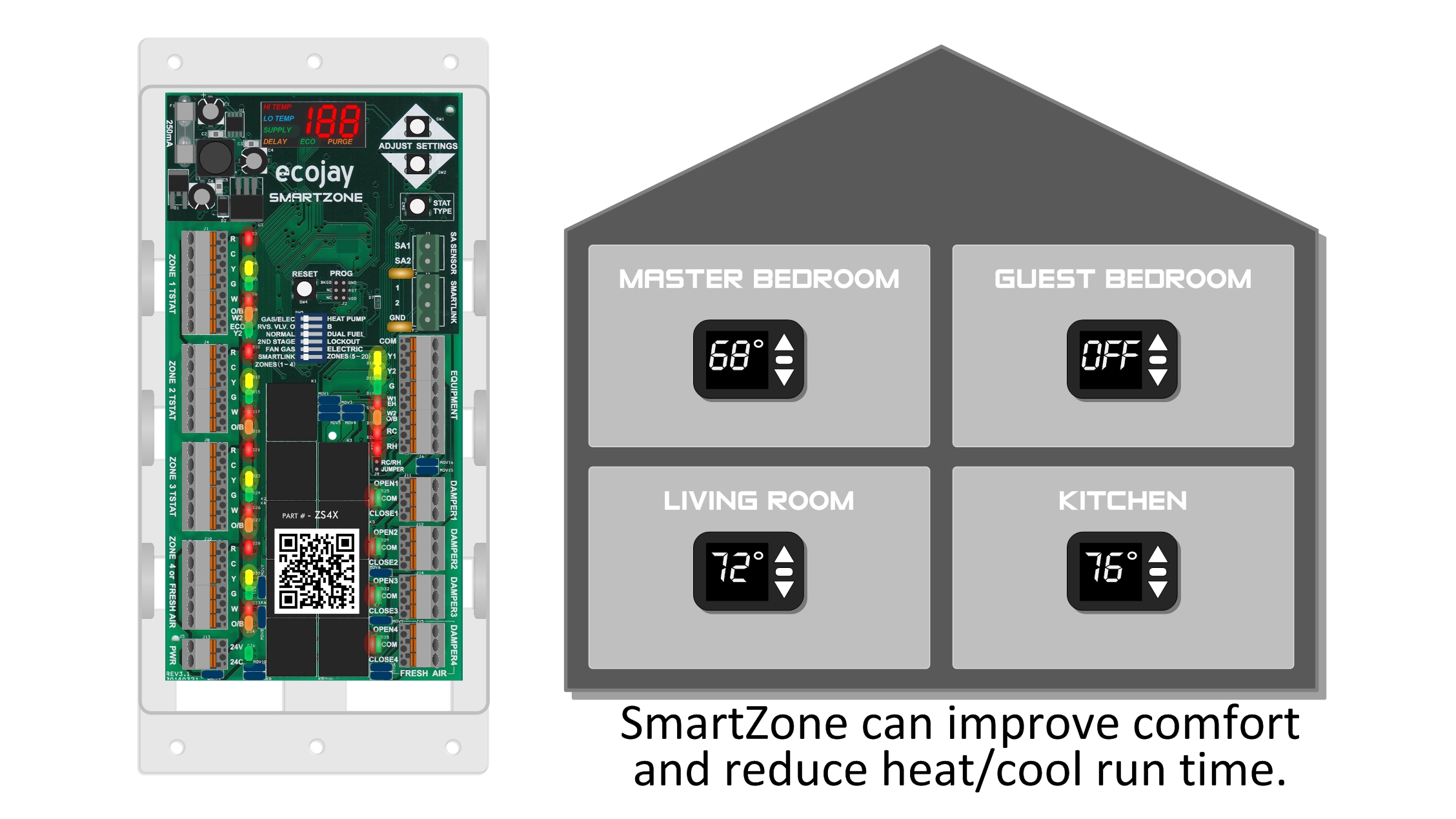
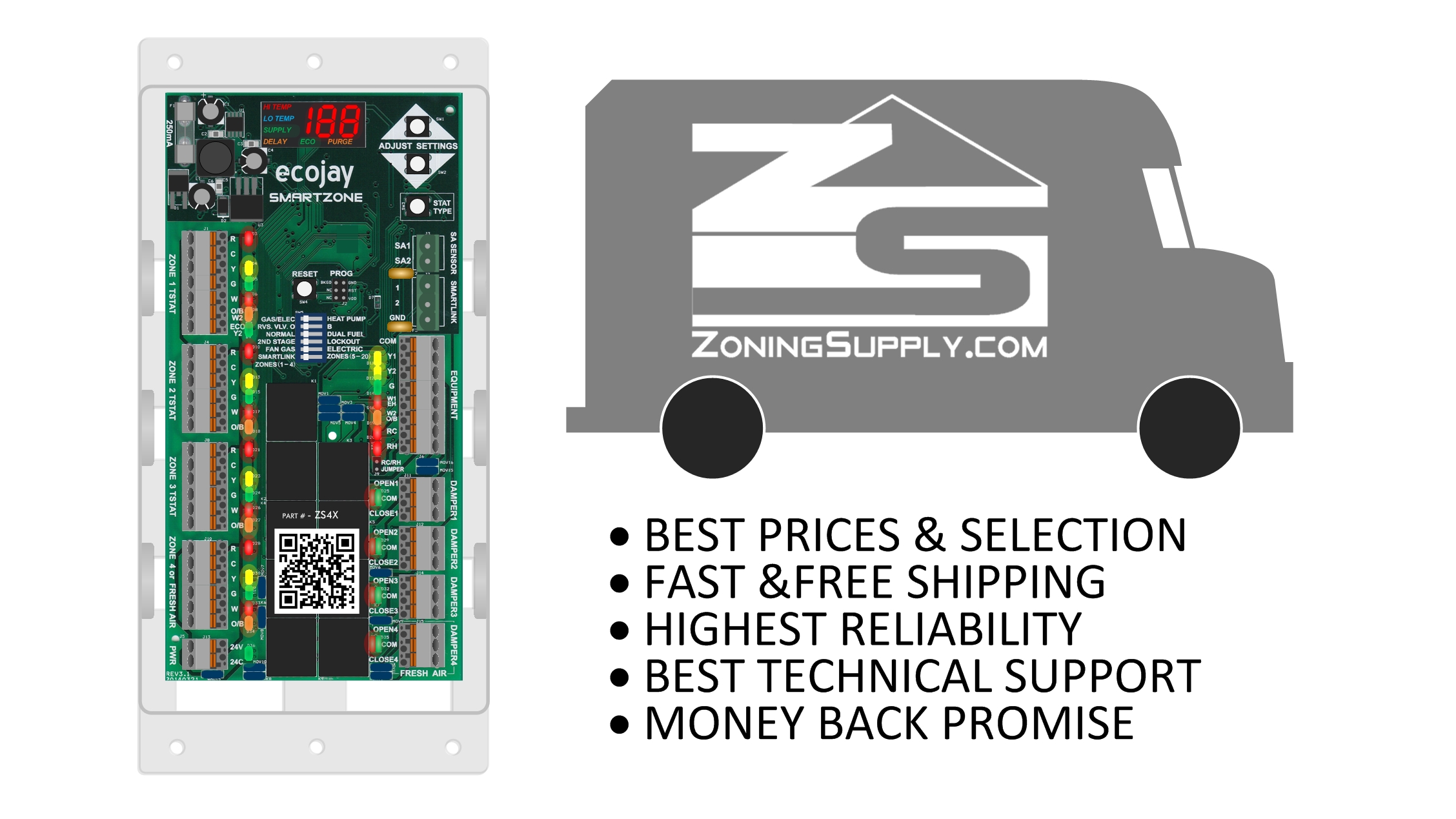




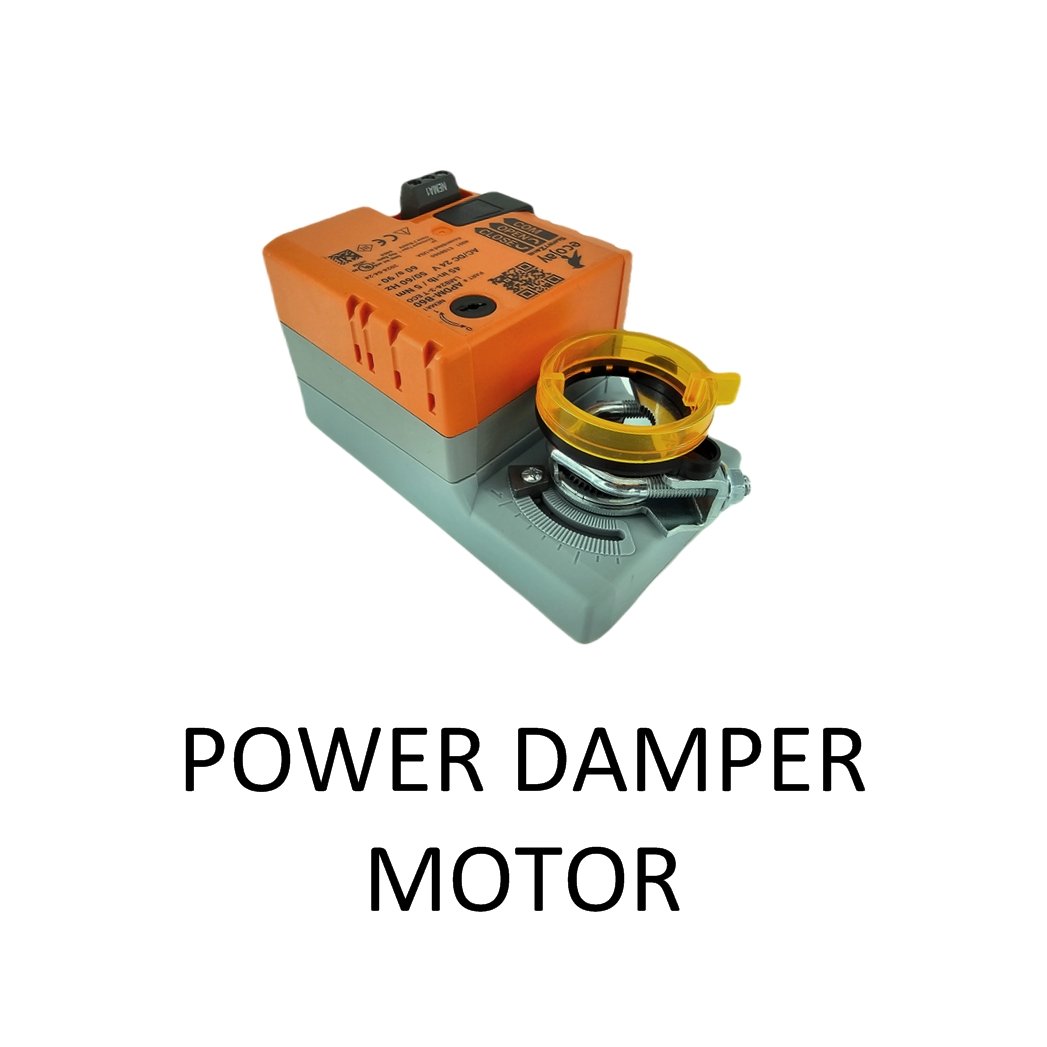
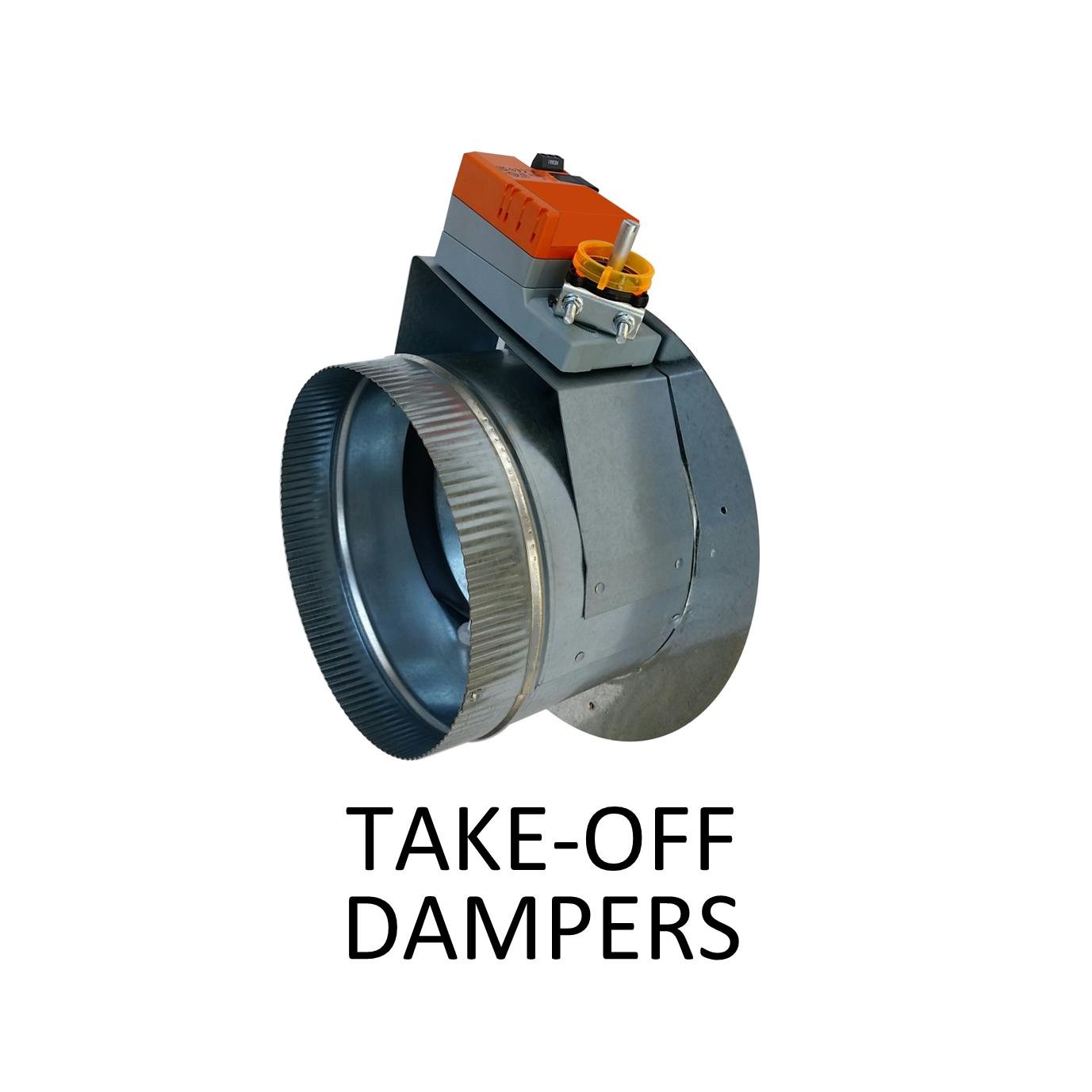
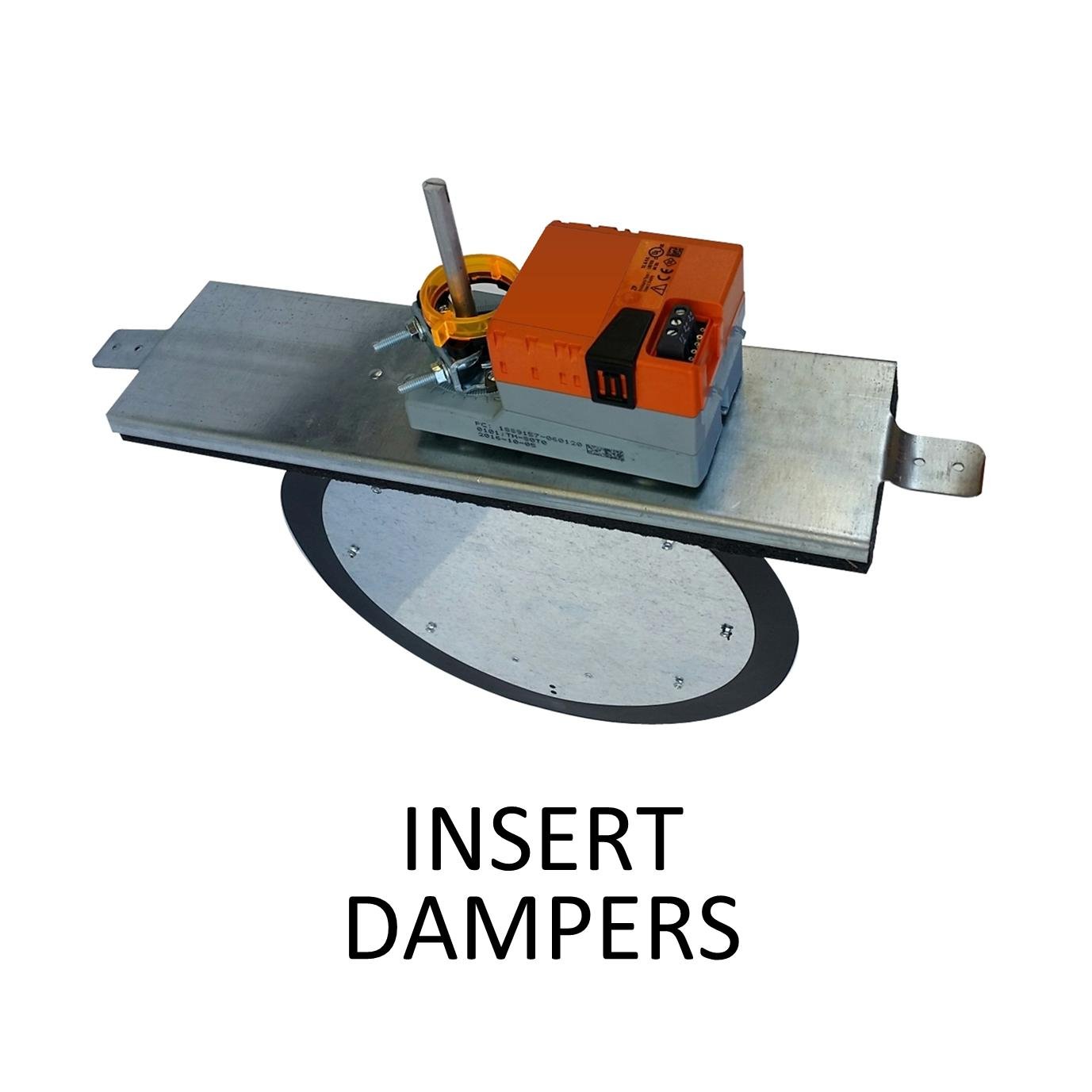

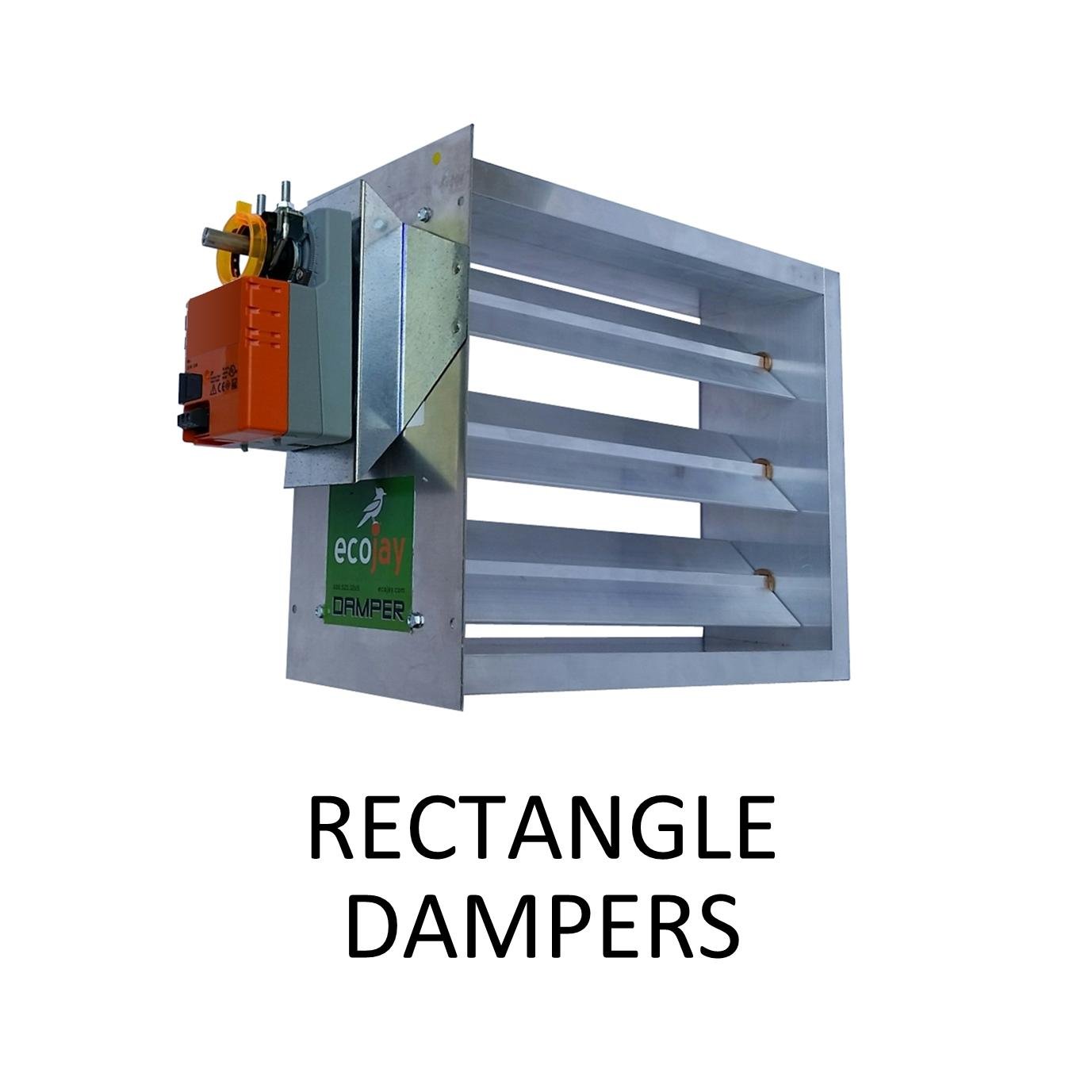
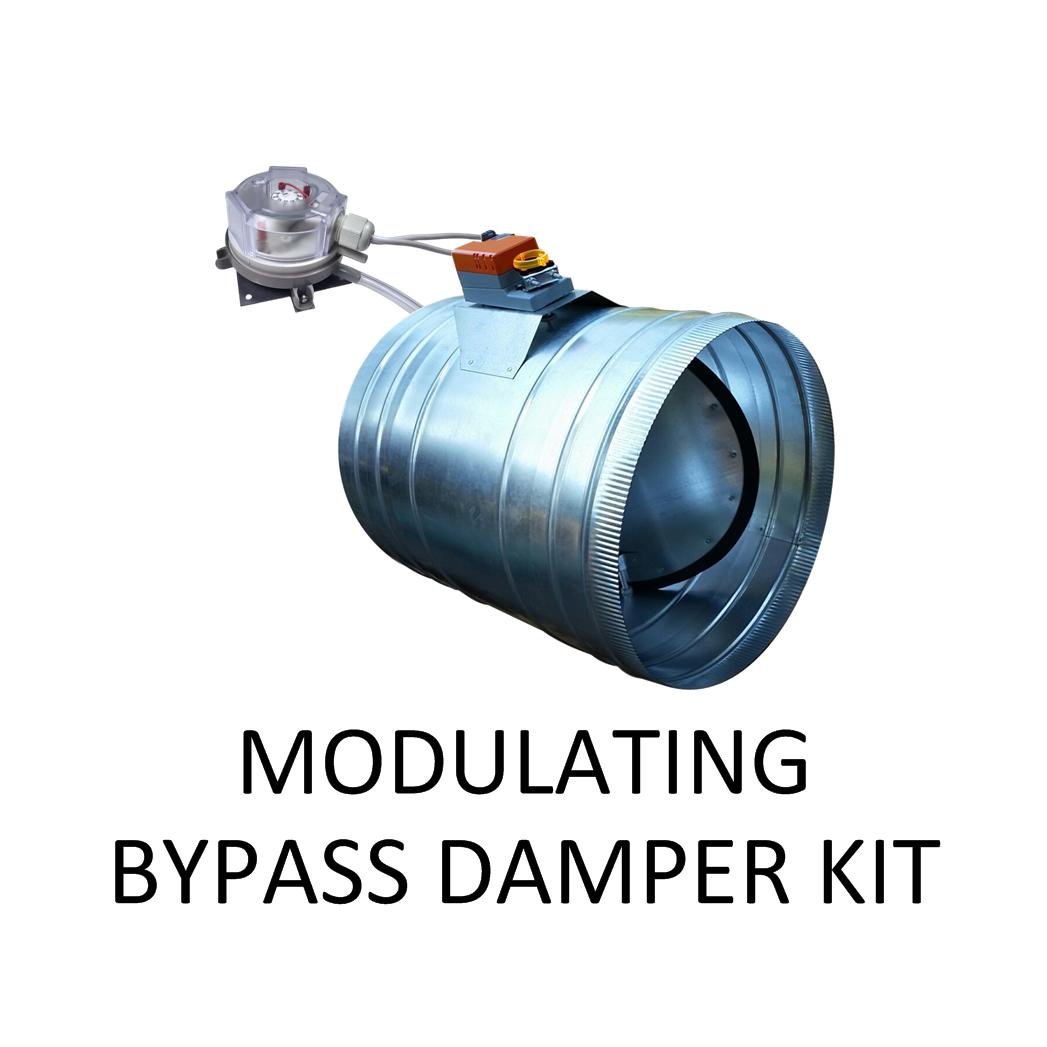
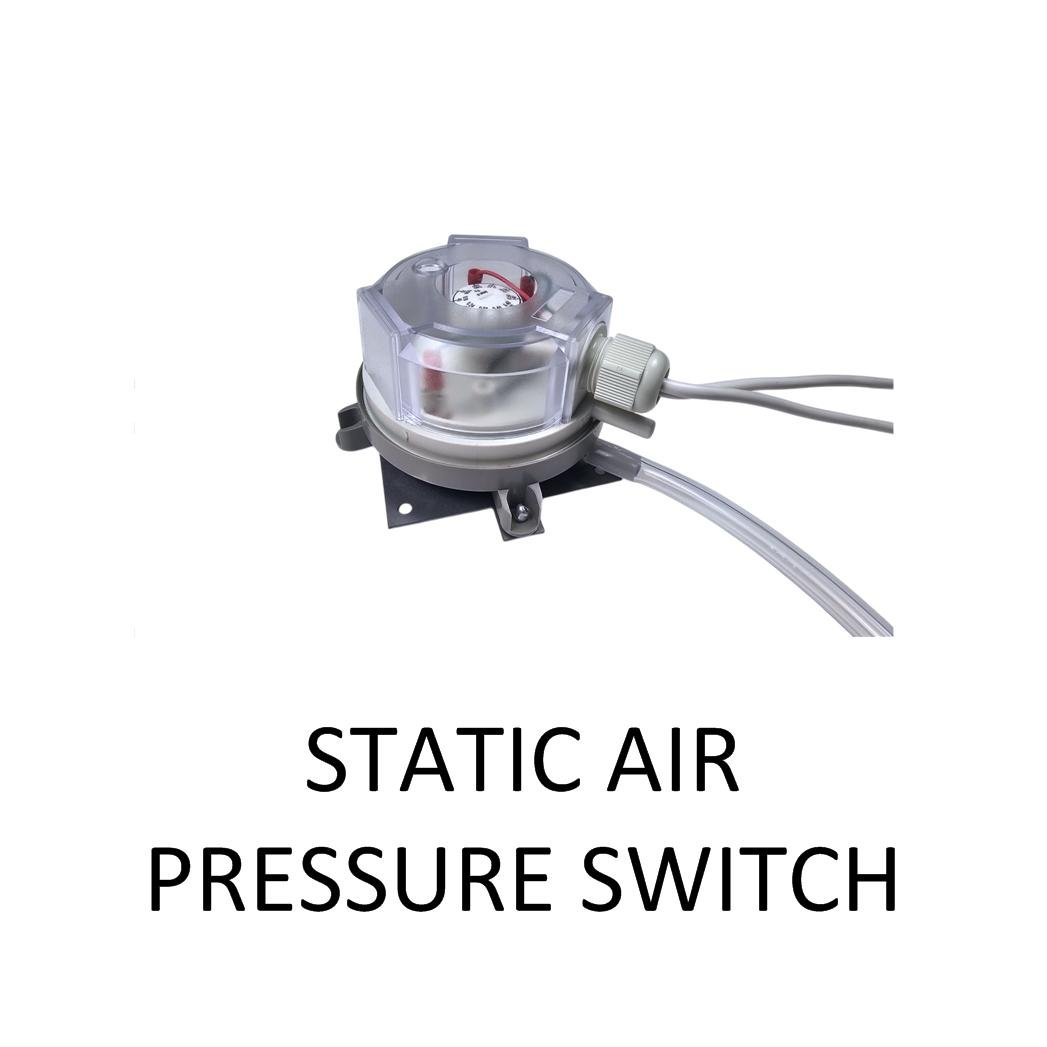
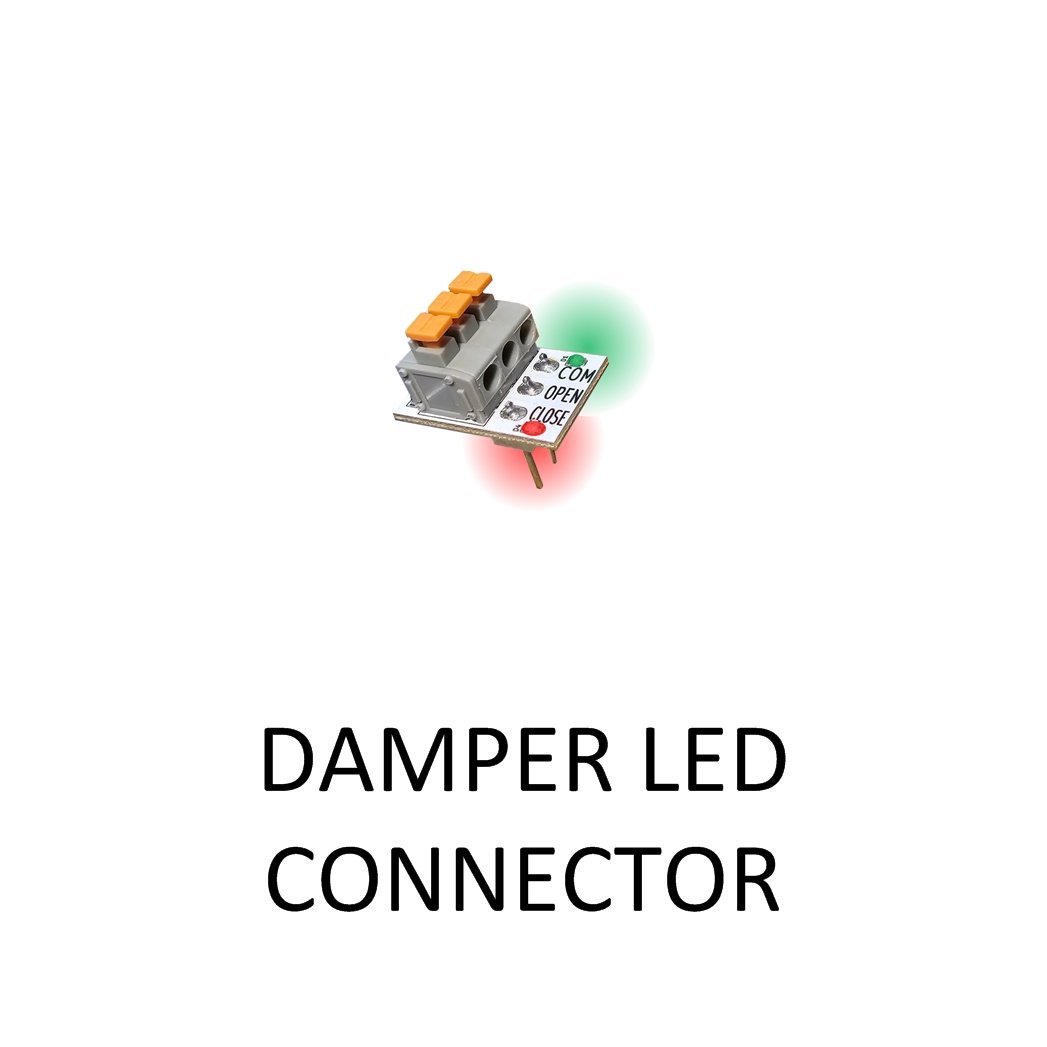





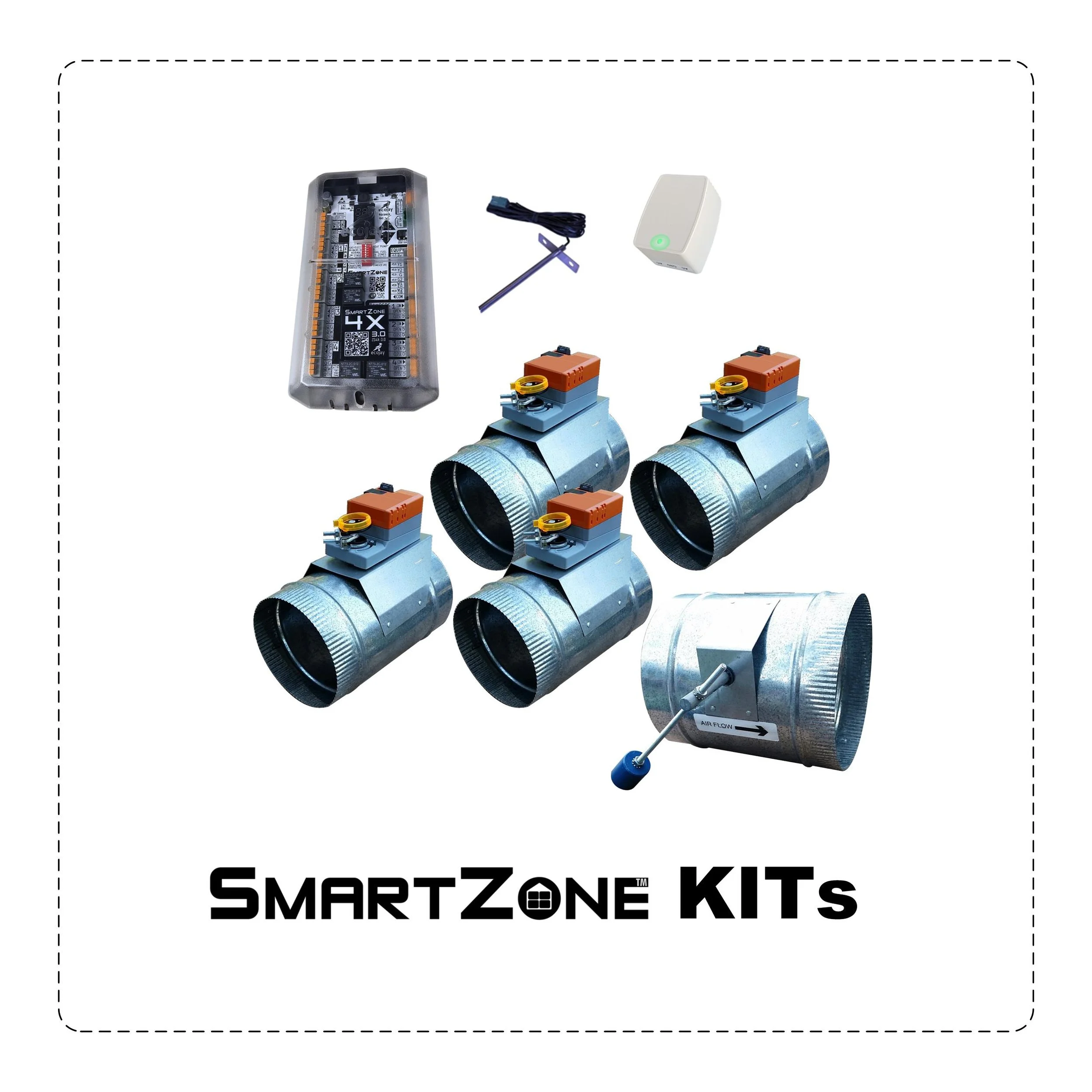
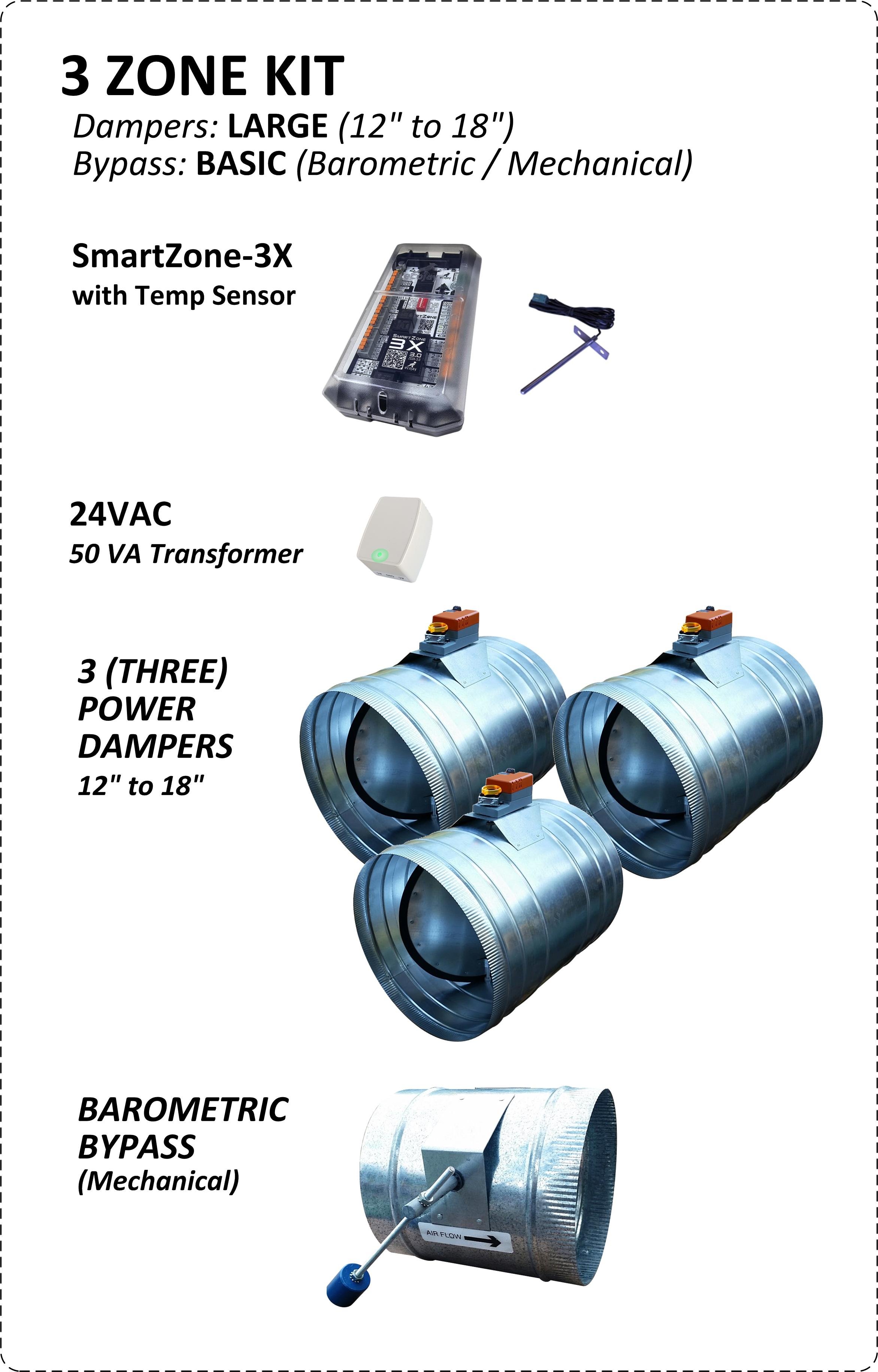
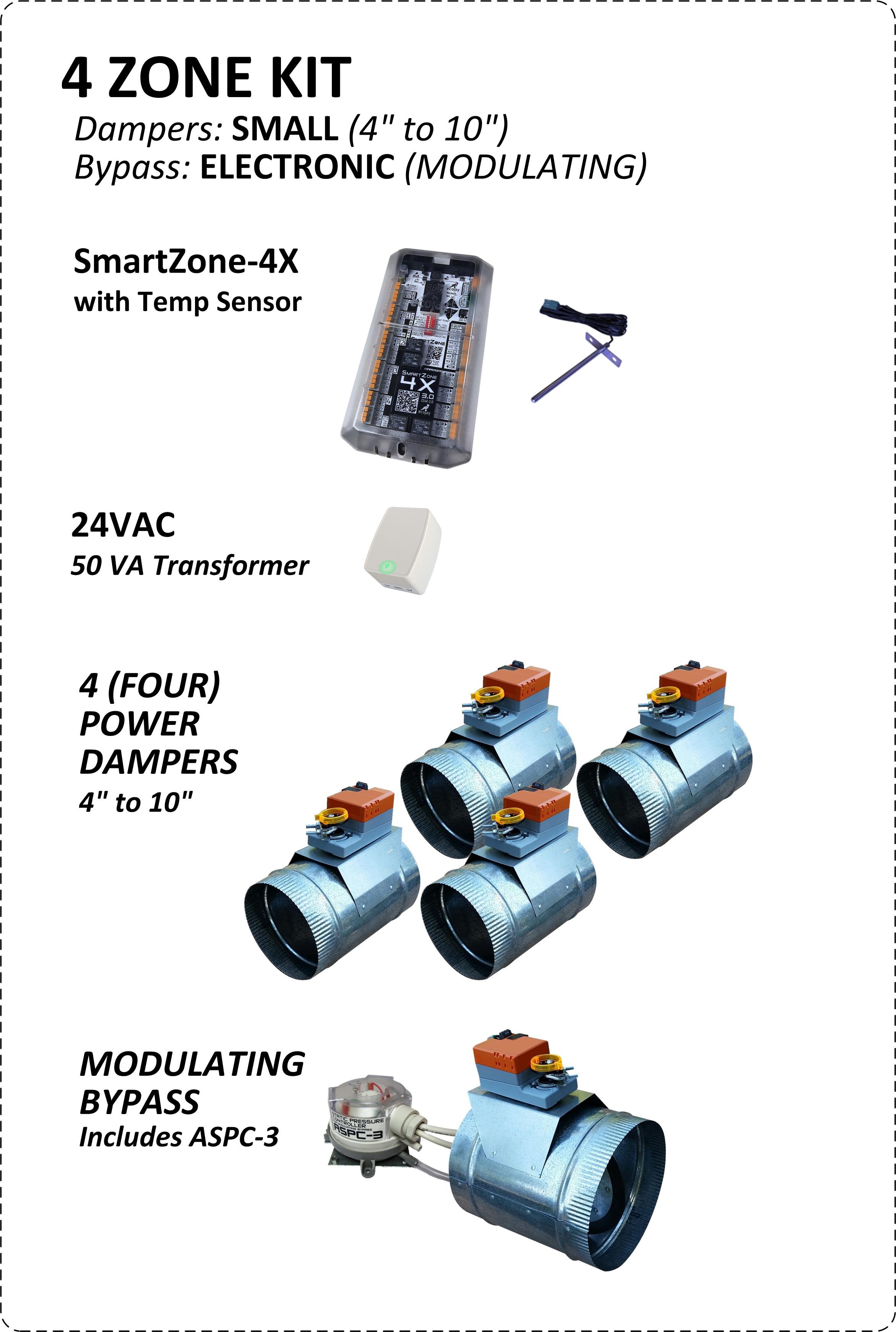
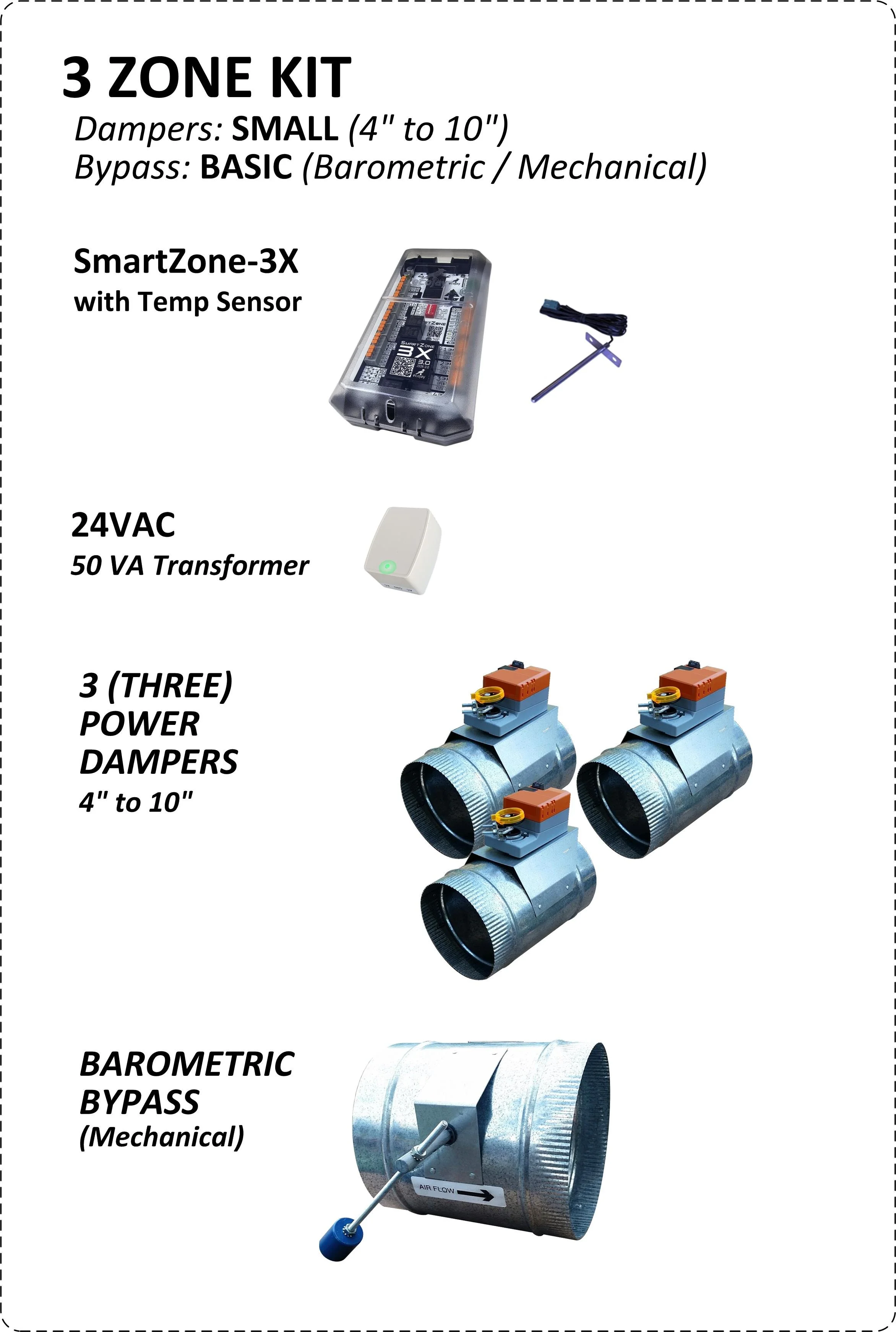
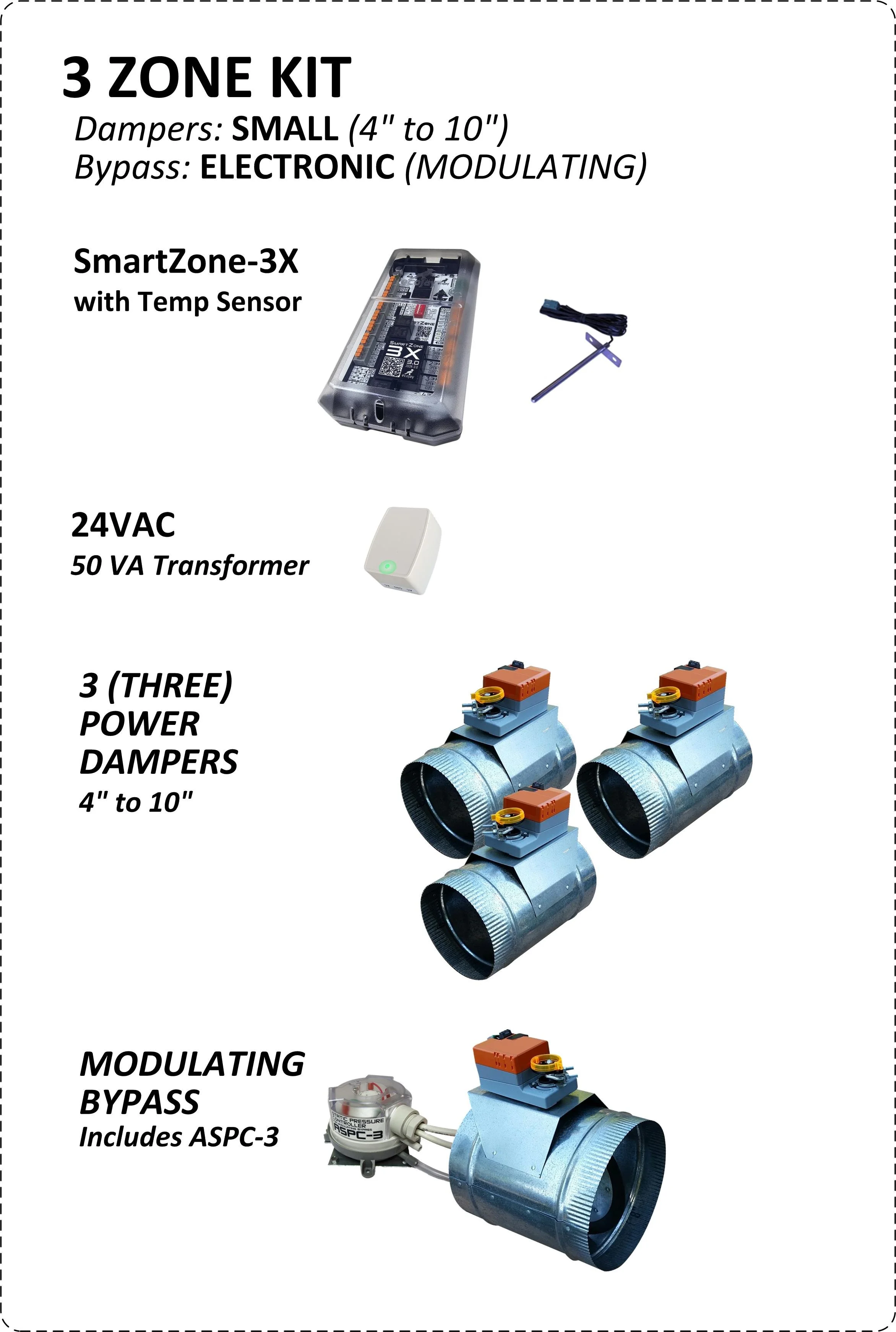
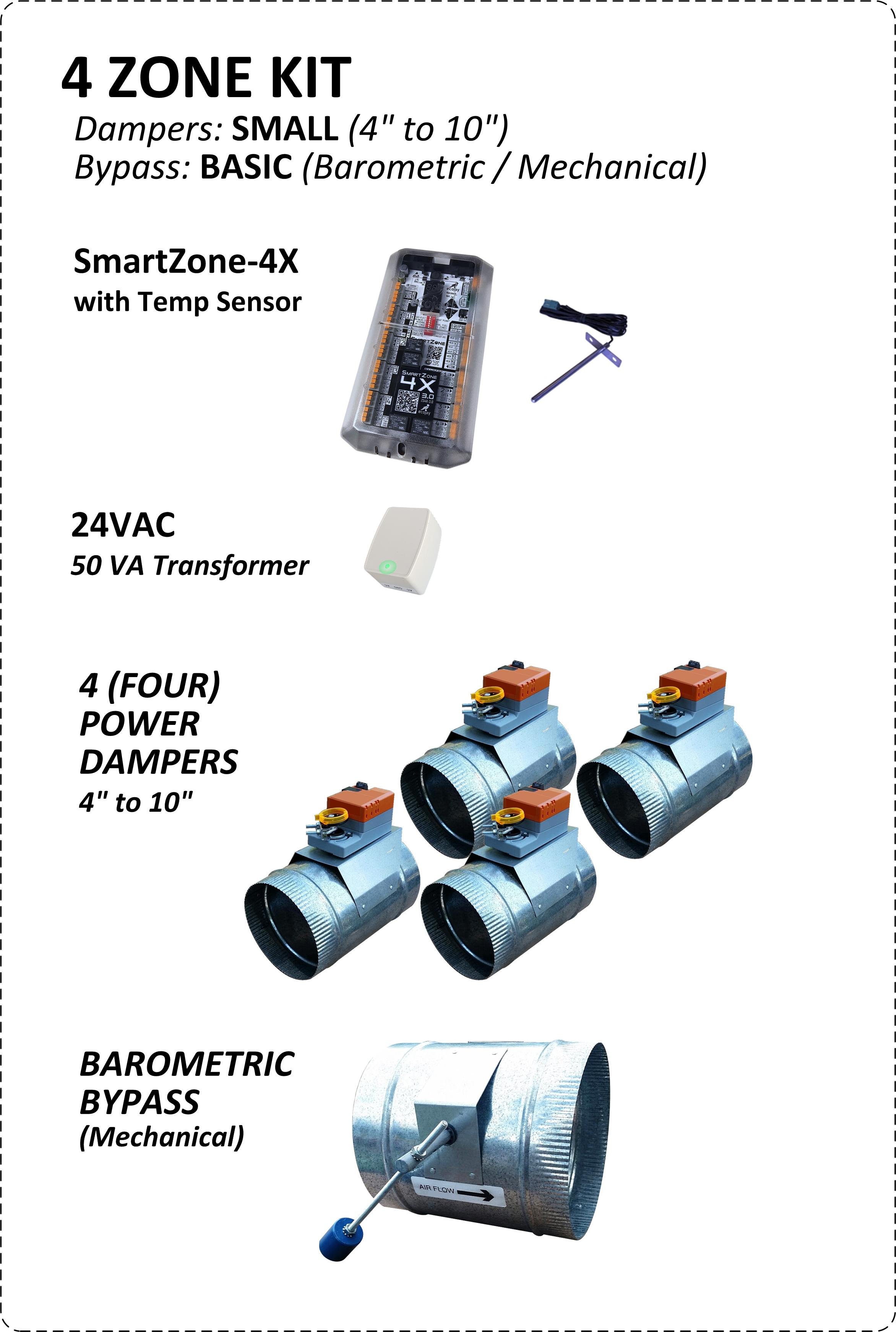
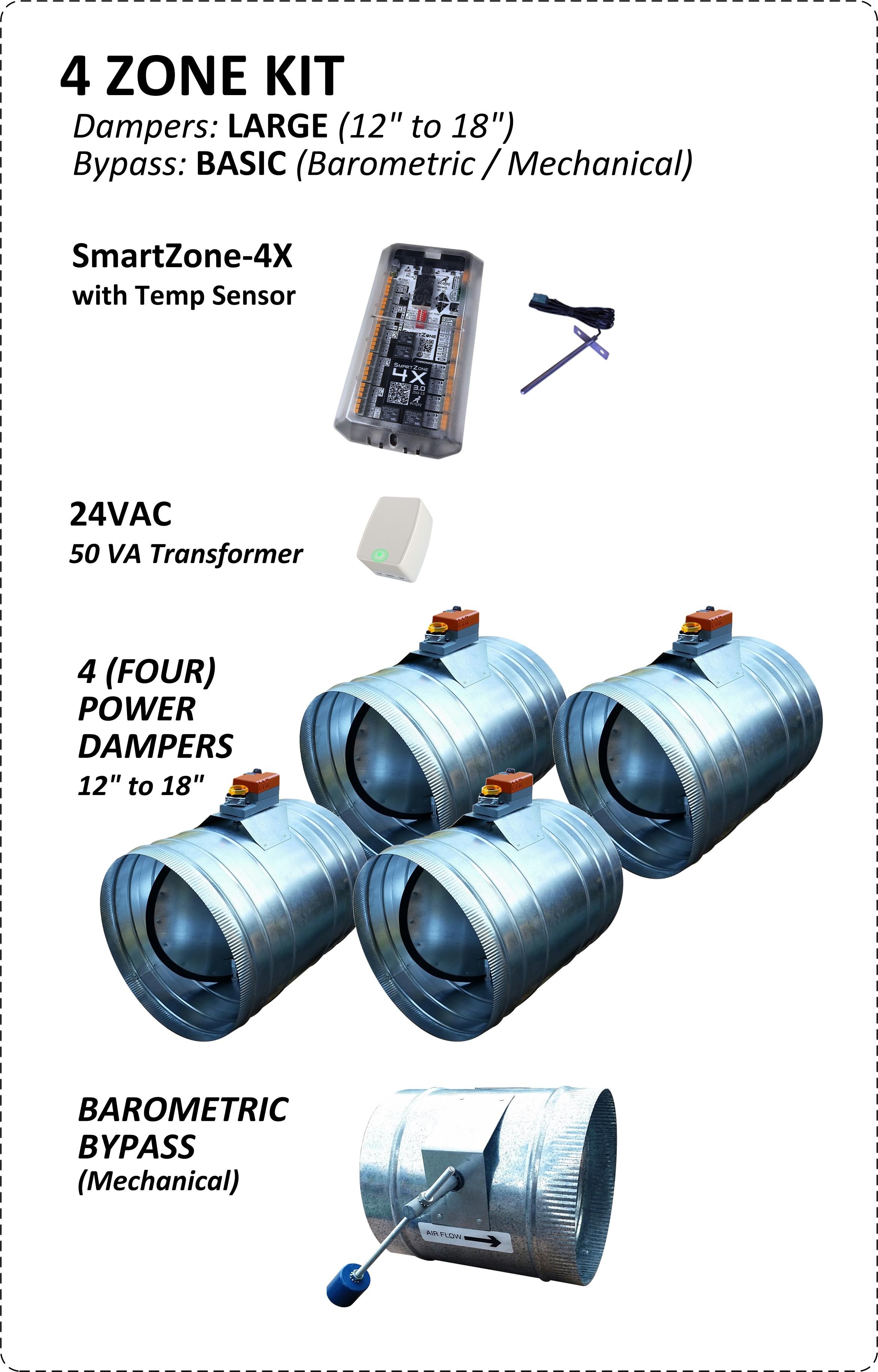
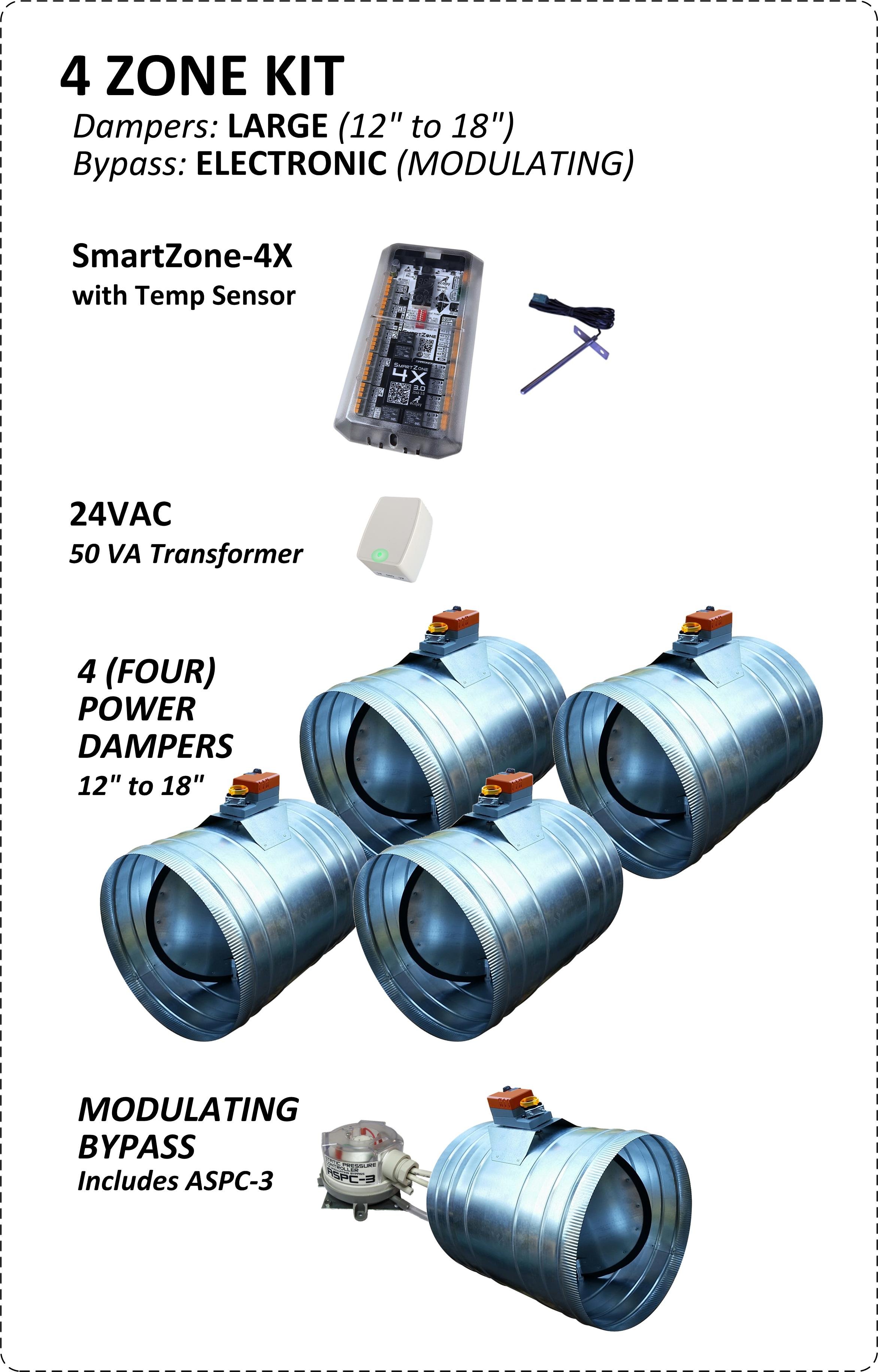
4", 5", 6", 7", 8", 9", 10", 12", 14", 16", 18" Available
FEATURES:
Industry-leading quality & highest reliability, Belimo Motor, Full-seal gasket blade, Super-Heavy Duty, Ribs for easy flex duct attachment, One crimped end for easy solid duct attachment, 5 Year replacement warranty.
Now available with or without a motor (Select below)
NOTE: All dampers subject to a 10% restocking fee.